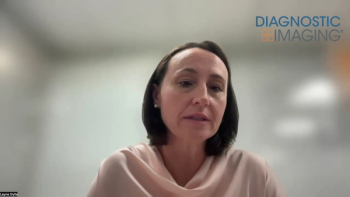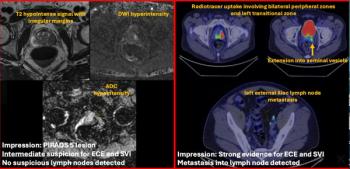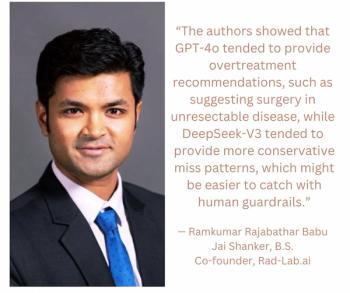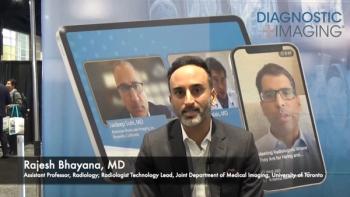
GE plans to leverage web-based technologies across IT
Web-based computing is the means for connecting physicians and making communications easier, according to GE Healthcare. But the company plans to go far beyond just using the web to work with physicians, said Dr. Brandon Savage, chief medical officer for GE Healthcare Integrated IT solutions.
Web-based computing is the means for connecting physicians and making communications easier, according to GE Healthcare. But the company plans to go far beyond just using the web to work with physicians, said Dr. Brandon Savage, chief medical officer for GE Healthcare Integrated IT solutions.
Speaking to DI SCAN from the floor of the HIMSS conference, Savage described an ambitious plan by GE to reach patients by leveraging NBC Universal and its web operations.
"Given a significant trend toward consumerism, we are bringing out the tools to drive patient communities toward electronic medical records," Savage said.
GE Healthcare's collaboration with NBC Universal could involve iVillage, a
Certain to play a big role in the company's future web-based health efforts will be technology and expertise obtained through the October 2007 acquisition of PACS/IT vendor Dynamic Imaging. Initially designed as a corporate move to allow GE to reach community hospitals and outpatient imaging centers, the acquisition is now assuming a far greater significance.
"A lot of opportunity exists to bring the web-based insight at Dynamic Imaging into our broader portfolio, Savage said.
This includes not only radiology PACS but IT for other "-ologies" that GE is targeting, such as cardiology, pathology, and gastroenterology, he said.
Just as PACS and IT may play more than a single role, there may be many reasons why companies want to develop and sell PACS. At GE, those reasons include hard cash. But PACS at GE is as much a means to an end as it is an end in itself.
"It used to be we would sell individual products, but what we see now is that customers are looking for solutions," he said. "They want to know that we can improve workflow in managing a patient's mammography by providing the right machine and integrating it with the right RIS and PACS. The two pull through together and reinforce each other."
The catalytic role of PACS in selling equipment is just one facet of PACS at GE. Information technologies help make imaging technologies more productive in the same way that having the imaging modalities can help the company come up with PACS innovations.
"Just adding slices isn't enough anymore," Savage said. "We have to provide the whole environment."
Newsletter
Stay at the forefront of radiology with the Diagnostic Imaging newsletter, delivering the latest news, clinical insights, and imaging advancements for today’s radiologists.




























